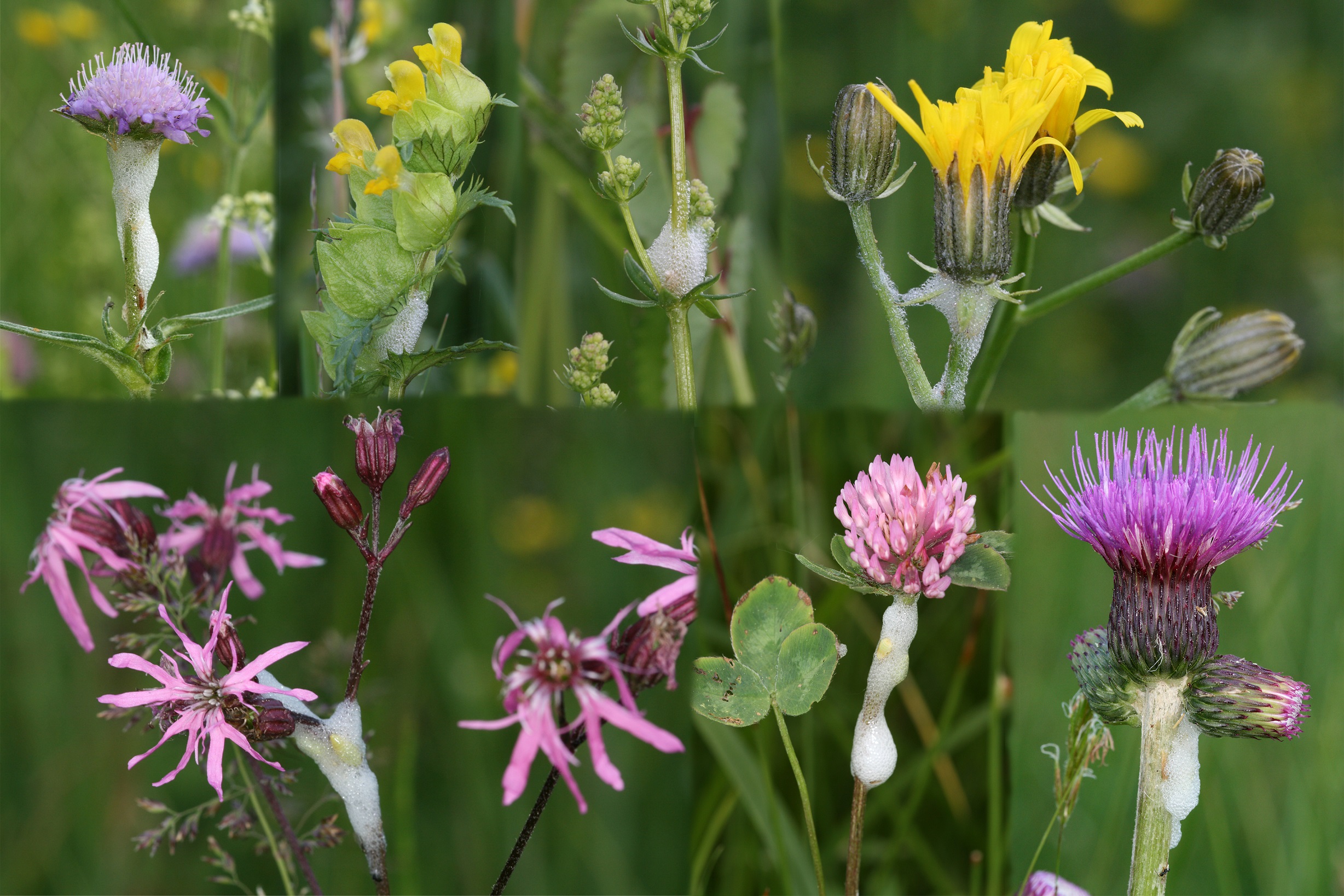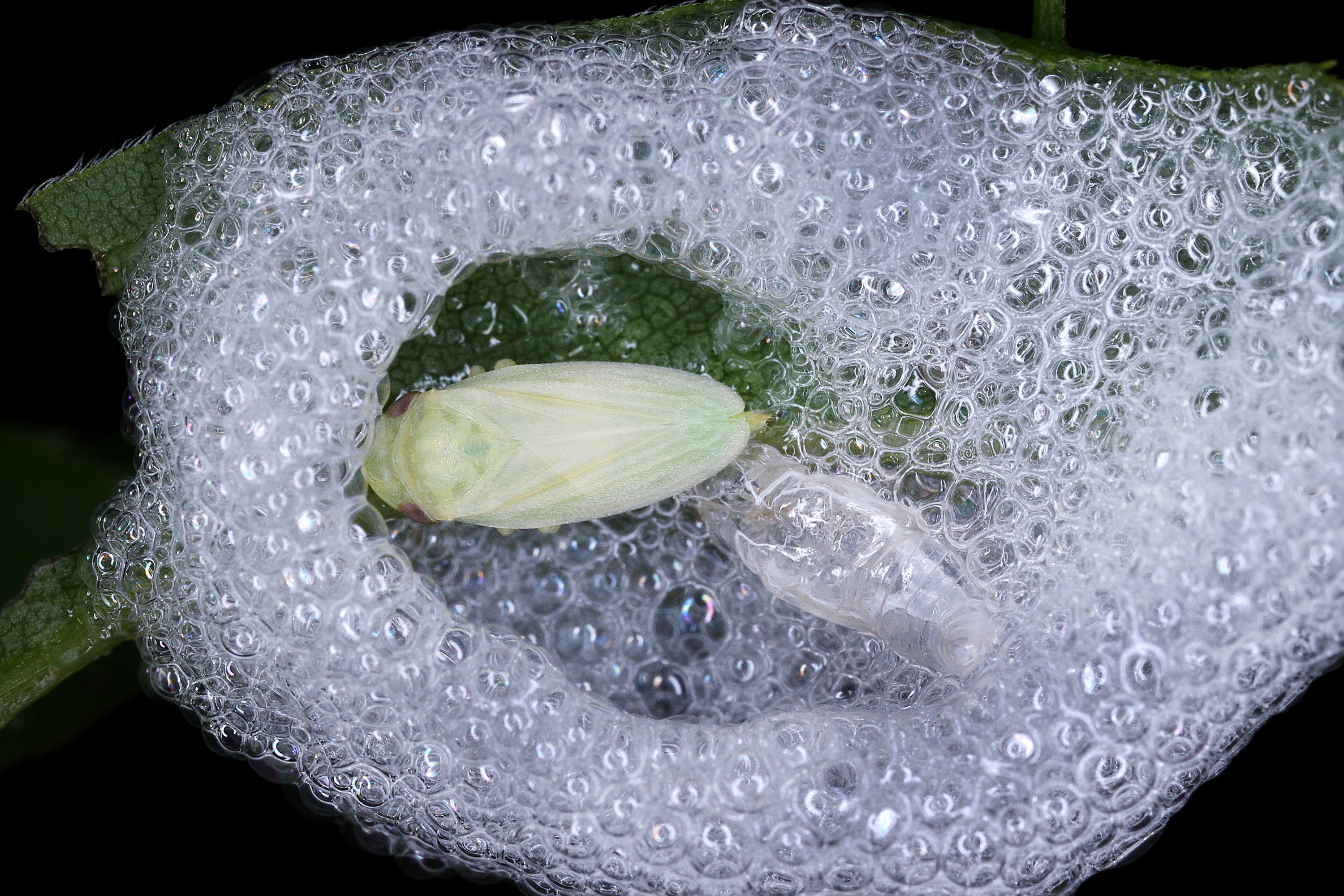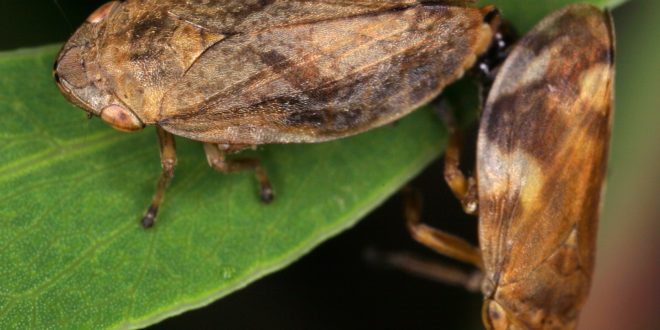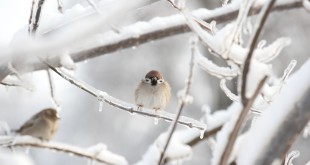The Royal Horticultural Society (RHS) is calling on gardeners, nature lovers and citizen scientists to help the UK respond to the threat of Xylella fastidiosa, a bacterium that results in the disease and death of many popular garden plants.
The charity, working with the University of Sussex and Forest Research, needs thousands of volunteers to help map the distribution of spittlebugs, one of the chief carriers of Xylella, that can be found in gardens, meadows, grasslands and woodlands from April to late June.
Spittlebugs, also called froghoppers, are small, sap-sucking insects that can transmit Xylella as they move between and feed on plants. The most common species in the UK is the meadow spittlebug (Philaenus spumarius). Adults measure 1/2 cm long, vary in pattern and colour from pale brown to black and can jump up to 70 cm. There are ten species of spittlebug in the UK and the young – called nymphs – all produce whitish, frothy blobs of spittle on leaves and branches.
Each volunteer is being asked to report sightings of spittle, whether in their garden or on plants elsewhere, online through iRecord (https://www.brc.ac.uk/irecord/xylem-feeding-insects) after registering. Volunteers will need to report their name, the location the spittle was seen and when, and most importantly the species of plant on which it was found. This information will help researchers understand how Xylella might enter and spread in the UK. Further information about the survey and froghoppers can be found here: https://www.xylemfeedinginsects.co.uk/
 This citizen science study forms part of a broader research project called BRIGIT, being delivered by a consortium of eleven leading UK research organisations, all working to enhance UK surveillance and response to Xylella fastidiosa.
This citizen science study forms part of a broader research project called BRIGIT, being delivered by a consortium of eleven leading UK research organisations, all working to enhance UK surveillance and response to Xylella fastidiosa.
Xylella is not present in the UK but is already established in areas of Italy, France and Spain and has resulted in the death of millions of olive trees in southern Italy. Unlike most pests and diseases which are host-specific, Xylella affects more than 500 different plant species with garden favourites such as lavender, oleander, rosemary and flowering cherry all at risk in the UK. The disease prevents water from being transported from the roots to leaves with plants often exhibiting symptoms that can be confused with other common problems such as drought or frost damage.
 If found in the UK, all host plants within 100m would need to be destroyed and there would be immediate restrictions on movement of specified plants within a 5 km radius for up to five years – striking a death knell for surrounding nurseries and garden centres.
If found in the UK, all host plants within 100m would need to be destroyed and there would be immediate restrictions on movement of specified plants within a 5 km radius for up to five years – striking a death knell for surrounding nurseries and garden centres.
Gerard Clover, Head of Plant Heath at the RHS, says: “Xylella remains our number one concern but is not an issue bound by the garden fence. Understanding how and where the disease’s primary vectors move is fundamental to understanding how we can stop the devastation of our gardens and environment should it arrive.”
Alan Stewart, Principal Lecturer at the University of Sussex, says: “Records of spittle submitted by the public will help us to build up a picture of where spittlebugs are found, what plants they feed on and how much they move around. This information will be essential for deciding how best to respond should Xylella arrive in the UK.
In light of the threat of Xylella, the RHS has revised its plant health policy called on gardeners and the industry to future proof gardens by purchasing host plants that are UK-sourced or grown and maintaining varied plantings.
The launch of the spittlebug survey follows an updated assessment on the risks posed by Xylella fastidiosa to plants and crops in the European Union by the European Food Safety Authority earlier this week.
 Gardeners Club The Gardeners Club is a free to join online club for everyone with an interest in gardening and gardens.
Gardeners Club The Gardeners Club is a free to join online club for everyone with an interest in gardening and gardens.






